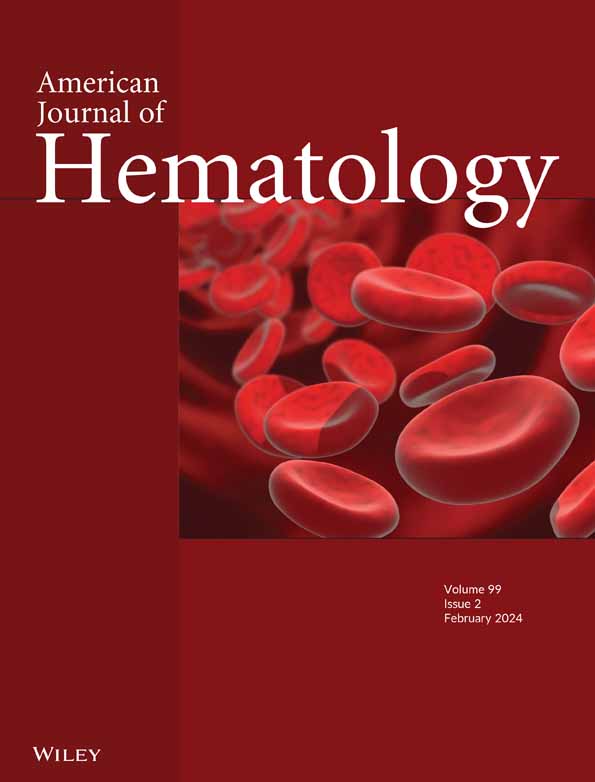应对高海拔人群贫血:全球影响、流行、挑战和潜在解决方案。
IF 10.1
1区 医学
Q1 HEMATOLOGY
引用次数: 0
摘要
贫血是一项影响全球四分之一人口的全球性健康挑战,其病因多种多样,如营养缺乏、慢性病和遗传因素。它对育龄妇女和儿童的影响尤为严重,导致很高的发病率和死亡率。由于天然血红蛋白增加,高海拔人群面临着独特的诊断挑战,目前世界卫生组织的临界值往往高估了这些地区的贫血。海拔修正显著改变患病率,特别是在南美儿童中,导致误诊。提出的解决方案包括人群特异性阈值和铁状态标记物,如血清hepcidin,尽管经济限制和有限的测试可用性仍然是挑战。遗传研究提供的量身定制的策略强调了西藏和埃塞俄比亚高地人的适应性,表明需要针对特定地区的方法。社会经济因素加剧了高海拔地区的贫血。解决贫血问题需要更新诊断标准、个性化策略和提高认识,以确保对不同人群,特别是居住在高海拔地区的人群进行准确的评估和干预。本文章由计算机程序翻译,如有差异,请以英文原文为准。
Addressing Anemia in High-Altitude Populations: Global Impact, Prevalence, Challenges, and Potential Solutions.
Anemia, a global health challenge affecting a quarter of the global population, results from diverse causes such as nutritional deficiencies, chronic diseases, and genetic factors. It disproportionately impacts women of reproductive age and children, leading to significant morbidity and mortality. While high-altitude populations face unique diagnostic challenges due to natural hemoglobin increases, the current World Health Organization cutoffs often overestimate anemia in these regions. Altitude corrections significantly alter prevalence rates, particularly in South American children, leading to misdiagnosis. Proposed solutions include population-specific thresholds and iron status markers like serum hepcidin, though economic constraints and limited test availability remain challenges. Tailored strategies informed by genetic research highlight adaptations in Tibetan and Ethiopian highlanders, demonstrating the need for region-specific approaches. Socioeconomic factors exacerbate anemia in high-altitude areas. Addressing anemia requires updated diagnostic criteria, personalized strategies, and increased awareness to ensure accurate assessments and interventions in diverse populations, especially those residing at high altitudes.
求助全文
通过发布文献求助,成功后即可免费获取论文全文。
去求助
来源期刊
CiteScore
15.70
自引率
3.90%
发文量
363
审稿时长
3-6 weeks
期刊介绍:
The American Journal of Hematology offers extensive coverage of experimental and clinical aspects of blood diseases in humans and animal models. The journal publishes original contributions in both non-malignant and malignant hematological diseases, encompassing clinical and basic studies in areas such as hemostasis, thrombosis, immunology, blood banking, and stem cell biology. Clinical translational reports highlighting innovative therapeutic approaches for the diagnosis and treatment of hematological diseases are actively encouraged.The American Journal of Hematology features regular original laboratory and clinical research articles, brief research reports, critical reviews, images in hematology, as well as letters and correspondence.

 求助内容:
求助内容: 应助结果提醒方式:
应助结果提醒方式:


